#WebTechnology #REST #Programming
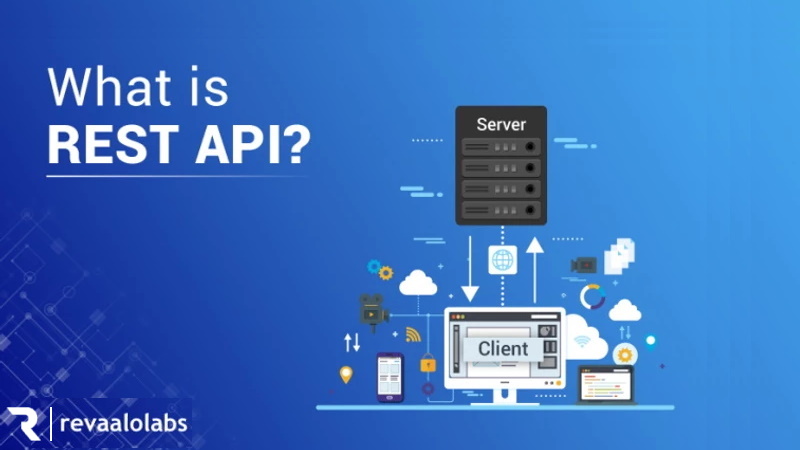
As software developers, most of us use or build REST APIs in a day to day life. APIs are the default means of communication between the systems. Some questions that might come up when you’re first starting to understand REST API are, "What is being represented exactly," "What is a state," and "What is being transferred?" So in this article, let’s look at all the words of REST API individually and learn what they all mean.
What is REST API (RESTful API)?
REST suggests to create an object of the data requested by the client and send the values of the object in response to the user. For example, if the user is requesting for a movie in Bangalore at a certain place and time, then you can create an object on the server side. REST stands for Representational State Transfer. It is a software architecture style that relies on a stateless communications protocol, most commonly, HTTP. REST structures data in XML, YAML, or any other format that is machine-readable, but usually JSON is most widely used.
Application programming interfaces (APIs) provide the platform and medium for applications to talk to and understand each other. APIs specify the way information passed across platforms is structured so that applications can exchange data and information.
API is like an open language, the rules of which are shared by a certain service.
4 Commonly Used API Methods:
GET: It provides read-only access to a resource.
POST: It is used to create or update a new resource.
PUT: It is used to update or replace an existing resource or create a new resource.
DELETE: It is used to remove a resource.
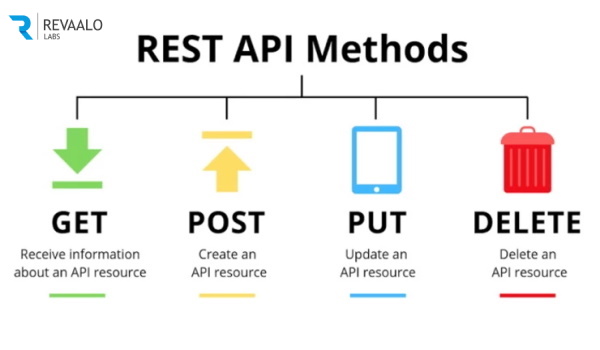
There are four main types of APIs:
1. Open APIs: Also known as Public APIs, there are no restrictions to access these types of APIs because they are publicly available.
2. Internal APIs: Also known as Private APIs, only internal systems expose this type of API, which is, therefore, less known and often meant to be used inside the company. The company uses this type of API among the different internal teams to be able to improve its products and services.
3. Partner APIs: One needs specific rights or licenses in order to access this type of APIs because they are not available to the public.
4. Composite APIs: This type of API combines different data and service APIs. It is a sequence of tasks that run synchronously as a result of the execution and not at the request of a task. Its main uses are to speed up the process of execution and improve the performance of the listeners in the web interfaces.
Examples of REST APIs:
Guiding Principles of REST:
1. Client-Server: This constraint operates on the concept that the client and the server should be separate from each other and allowed to evolve individually.
2. Stateless: Each request from client to server must contain all of the information necessary to understand the request, and cannot take advantage of any stored context on the server. Session state is therefore kept entirely on the client.
3. Cache: Because a stateless API can increase request overhead by handling large loads of incoming and outbound calls, a REST API should be designed to encourage the storage of cacheable data.
4. Uniform Interface: Resources should be uniquely identifiable through a single URL, and only by using the underlying methods of the network protocol, such as DELETE, PUT and GET with HTTP, should it be possible to manipulate a resource.
5. Layered System: REST APIs have different layers of their architecture working together to build a hierarchy that helps create a more scalable and modular application.
6. Code on demand (optional): REST allows client functionality to be extended by downloading and executing code in the form of applets or scripts. This simplifies clients by reducing the number of features required to be pre-implemented.
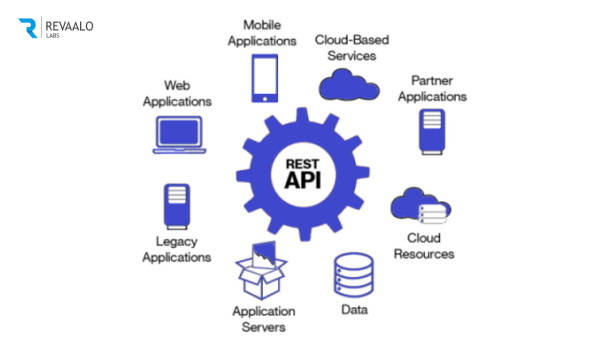
How RESTful APIs work:
A RESTful API breaks down a transaction to create a series of small modules. Each module addresses a particular underlying part of the transaction. This modularity provides developers with a lot of flexibility, but it can be challenging for developers to design their REST API from scratch. Currently, several companies provide models for developers to use; the models provided by Amazon S3, Cloud Data Management Interface (CDMI) and OpenStack Swift are the most popular.
A RESTful API uses existing HTTP methodologies defined by the RFC 2616 protocol. They use GET to retrieve a resource; PUT to change the state of or update a resource, which can be an object, file or block; POST to create that resource; and DELETE to remove it.
With REST, networked components are a resource the user requests access to a black box whose implementation details are unclear. All calls are stateless; nothing can be retained by the RESTful service between executions.
Connect with Revaalo labs your one stop solution for Digital Transformation needs.
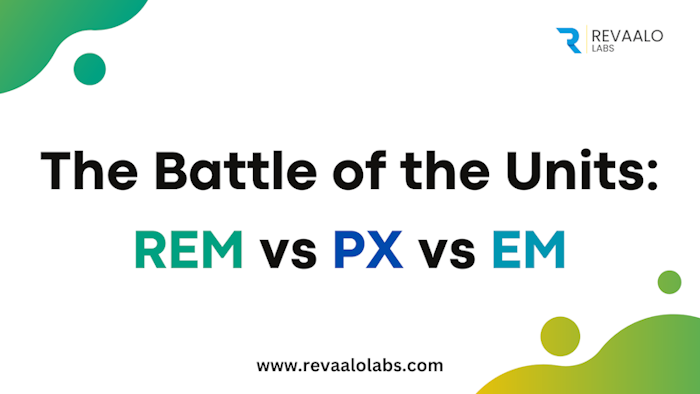
One of the most critical decisions website developers must make is deciding what unit of measurement to use when sizing elements, fonts, and other design properties.
Read more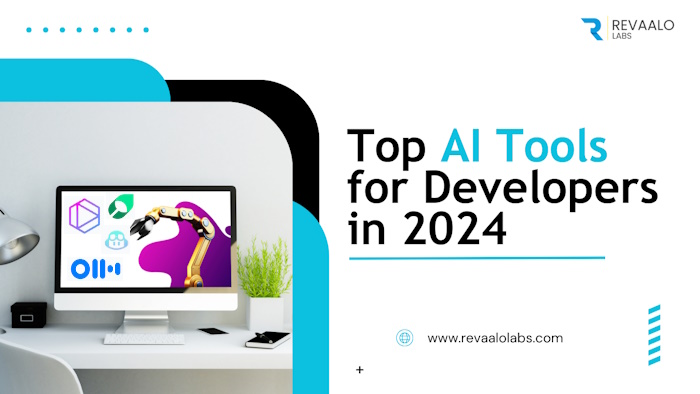
It`s an amazing technology-one that will help us solve society`s toughest problems and reshape the world.
Read more13
December

Today, web browsers play a significant role in our lives, providing us with access to a world of information and possibilities.
Read more
Power BI is a popular business intelligence tool developed by Microsoft for data visualization and analysis. While Power BI is a robust solution, there are several alternatives available that cater to different needs and preferences.
Read more09
October
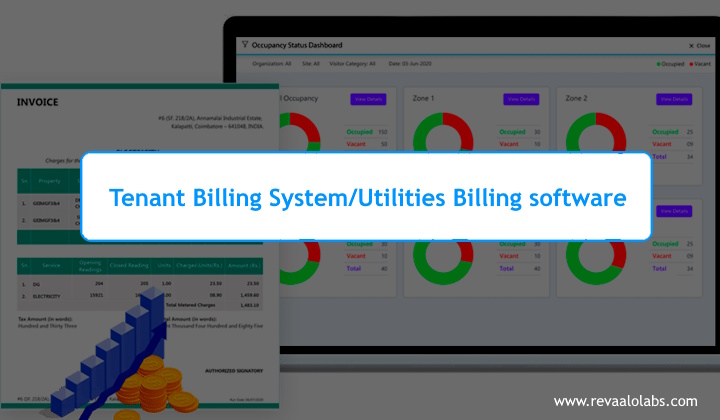
Tenant billing systems are software solutions used by property owners, managers, and landlords to accurately bill tenants for their usage of utilities and services.
Read more